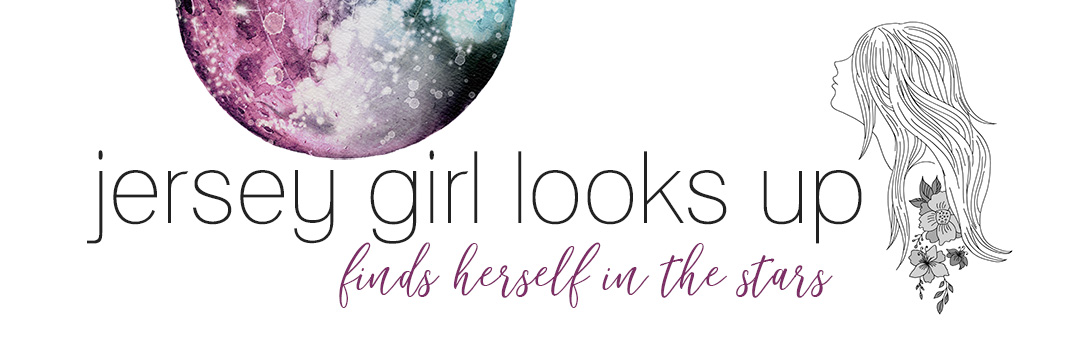 |
| look the world straight in the eye |
Scalability makes some makers nervous. It makes me nervous, too.
This is the working on your business and not in your business thing we talked about here.
Of course I talked about the reverse; the importance of working in our business vs. on our business and I still believe that building yourself a job instead of an empire is a totally acceptable and sometimes the most appropriate thing to be building.
It is also the difference between building a business with the goal of selling the business (and not just the whosee whatsee our business produces)
and building a business we want to grow ourself for a long time or even leave to our children, if anyone still does such a thing - this used to be the main reason people started businesses, when I was in banking I heard this all the time - it does not so much happen anymore, which is probably a good thing, kids don't need empires.
Or maybe it's easier to say it is the difference between a business that runs itself and a business the owner loves to run.
(and some kind of balance of both these things may be the ideal)
Most makers I know set up their businesses for the second scenario - the build a life as well as a business scenario - but they did this totally unintentionally, so may have allowed the business to grow in unintended ways and maybe it has become unstable.
They might actually prefer the first scenario at some point - maybe not the selling part, but the business running itself part, but didn't set things up that way and it is hard work to transition.
When I was in banking I told business owners, "make yourself unnecessary" - they couldn't always do this and now that I have worked both sides of this thing I know why.
(it's the passionate heart part of making this thing that ropes us in, folks)
There is no right or wrong answer here.
What I do know though is that when a business reaches a certain level of activity it will actually become less stable without scalability.
Are there ways to scale and still do the thing we love to do? Yes.
Start out asking yourself what it is you truly love to do.
(think about your ideal work day -
what is it you are actually doing?)
what is it you are actually doing?)
1. Some makers who love the physical part of making their makings have to do that part. There is no question about this. If that is you - you can still make things run smoothly as you grow
(and yes, you will have a limit to your growth; limiting growth is often a good thing - it is called sustainability - unlimited growth is not always good, it is what cancer cells do)
by streamlining your operation, hiring the right support people, charging premium prices by packaging your work in a way that it has a higher value to your customers (this is the part where your story comes in, too) and setting up the right systems.
(we will talk about these systems in Part V)
There are only so many hours in the day. If you are this kind of maker you have to know your limitations. You have to embrace them. You have to know you are building something bigger than something big. You can't take on too much or you will make yourself ungrounded and unstable - you have to be happy with enough.
(I usually find that people who cannot be happy with enough are not happy with 'more' anyway)
This doesn't mean you cannot build something truly amazing and powerful and important.
2. Some makers will find they love the building a business thing more than the actual building of their whosee whatsee.
We will talk about these makers in Part IV later this week
(and thank you to Kathy for letting me know this post had somehow posted empty, which was not some kind of new marketing ploy, but if it makes me sound smart and cutting edge to do this, I will totally take credit)





